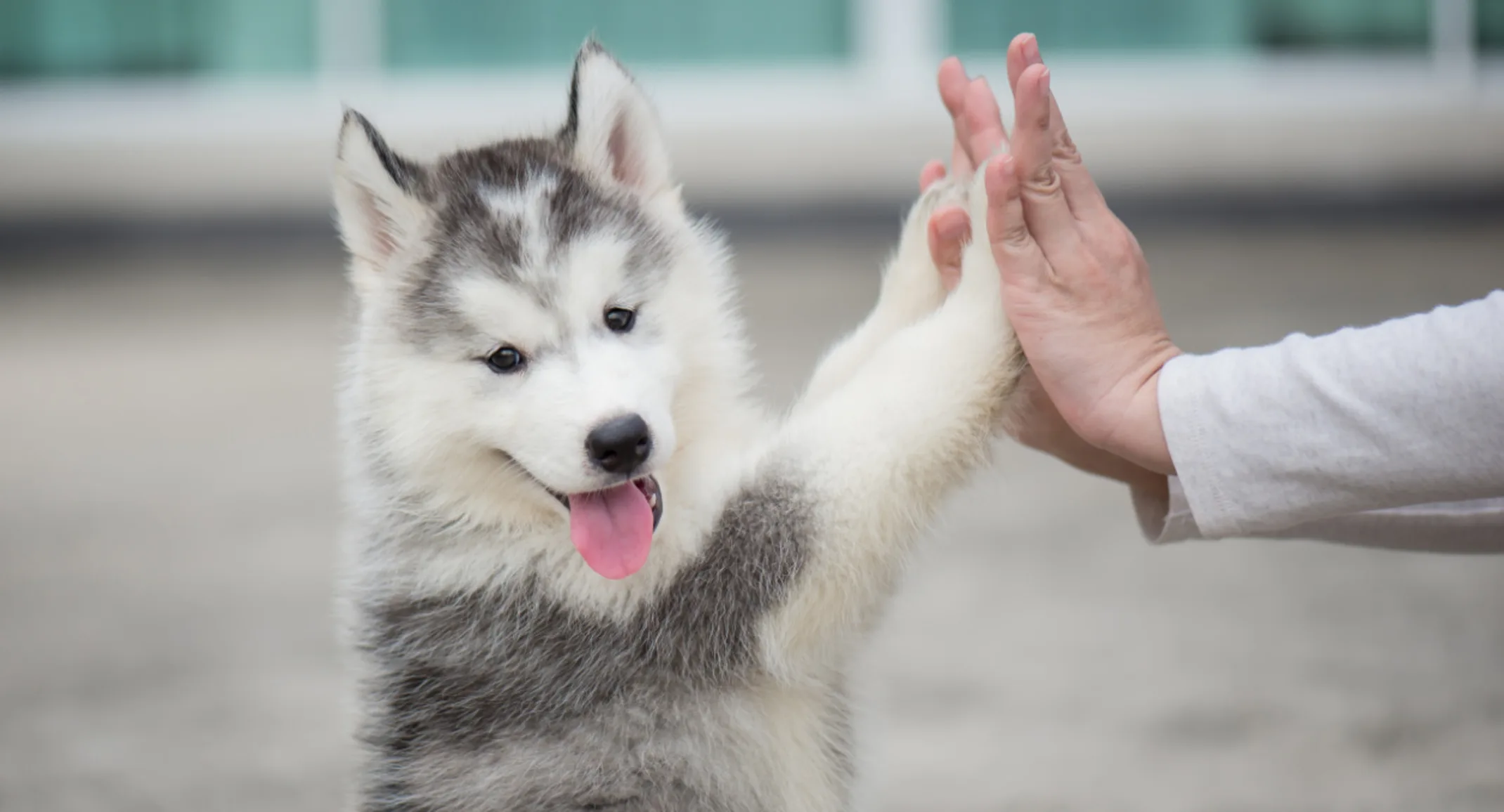Bored Dog? Try These 6 Enrichment Activities
For Pet Owners

Enrichment activities provide dogs with an outlet to practice their natural behaviors and solve problems with their senses and intelligence. You’ve probably heard the adage, “a tired dog is a good dog,” but this involves both physical and mental exercise. Dove Mountain Veterinary believes enrichment is key to providing your dog with the best possible care, and to help keep their brain healthier as they age. Implementing at least one of the following enrichment activities each day will help keep your dog healthy and happy.
#1: Playtime with you or other pets
Dogs are social by nature, and they need playtime to fulfill their social needs. Whether your pet plays with you, your children, or other pets, playtime also provides the physical exercise necessary for their wellbeing. Some fun, classic playtime ideas include fetch, tug, chase, and good, old fashioned throw-down wrestling, which can all be played indoors or out. If your pet enjoys other dogs’ company, consider joining a supervised playgroup at a daycare. Daycare employees are trained to recognize dog behavior and match dogs into compatible groups, so this strategy is usually safer than risking unknown pets at the local dog park.
#2: Puzzle toys for dogs
Puzzle toys use food treats to stimulate and hone your dog’s innate problem-solving skills. Many puzzle toy varieties that will keep your pet’s mealtime interesting are available, including:
Classic Kong toy
— Kong and similar toys are made of durable rubber, and require pets to hold the toy with their paws and lick the inside to retrieve hidden soft food. You can stuff the toy with xylitol-free peanut butter, Kong stuffing, or canned pet food and freeze them to increase the challenge.
Lick mats
— Lick mats are made of soft patterned silicone with crevices you can fill with soft food that your pet can lick to remove.
Treat-dispensing items
— Many ball varieties, various-shaped rubber toys, and wobbling toys dispense dry food bits as your dog throws, bats, and chews the toy.
Interactive puzzles
— Interactive puzzles require that your dog use their paws or nose to move pieces in a specific order to reveal a food prize.
#3: Chewing and shredding toys for dogs
Chewing or shredding are natural instincts for dogs, so safe, appropriate toys can prevent them from chewing on your valuable possessions. Some dogs prefer plush or squeaky chew toys, while more aggressive chewers need durable rubber or nylon. Avoid most animal bones, which can break your dog’s teeth, except elk or moose antlers, which are soft enough and a safe chew. Always supervise your pet when chewing to ensure they do not bite off or swallow pieces. Offer paper or cardboard to pets who love to destroy objects, but ensure they do not ingest large amounts.
#4: Treasure hunts with your dog
Hiding treats or meals around the house, or a snuffle mat, can stimulate natural tracking and hunting behaviors. Snuffle mats are usually made of several fabric layers that trap and hide food that your pet must sniff out and find. You can also create a “dig box” that doubles as an digging area and a hiding place for food by placing old bedding or clothing in a plastic baby pool and allowing your pet to rearrange, dig, and “nest” in the box.
#5: Training your dog
Training is a great way to mentally exhaust your dog, while letting them have fun and helping them develop better manners. Clicker training is a widely accepted positive-reinforcement method that can strengthen your pet’s basic obedience skills, teach them new behaviors or tricks, and correct problem behaviors. The clicker sound is paired with treats, which means that you can more easily mark the exact moment your pet correctly accomplishes their task, and results in faster training that builds your pet’s confidence. Read more about clicker training here.
#6: Go on an adventure with your dog
One of the most enriching activities for your dog is exploring together. This can be a simple daily walk with a varied route, or an intensive hike through a forest preserve or park. You can visit pet-friendly locations, such as big-box stores, or outdoor restaurants where your dog can interact with other people and pets. Getting out of the house uses all your pet’s senses and helps keep their socialization skills sharp.
Choose enrichment activities based on your pet’s needs, energy level, and individual quirks. If your pet cannot safely interact with other pets or people, focus on indoor activities, remembering to keep the activities positive and fun.
Enrichment activities can also help prevent or alleviate anxiety and behavior problems, but may not be a complete solution. If you’re struggling with your pet’s behavioral health, contact Dove Mountain Veterinary to schedule a consultation.
